How to Write an Introduction for a Book Review
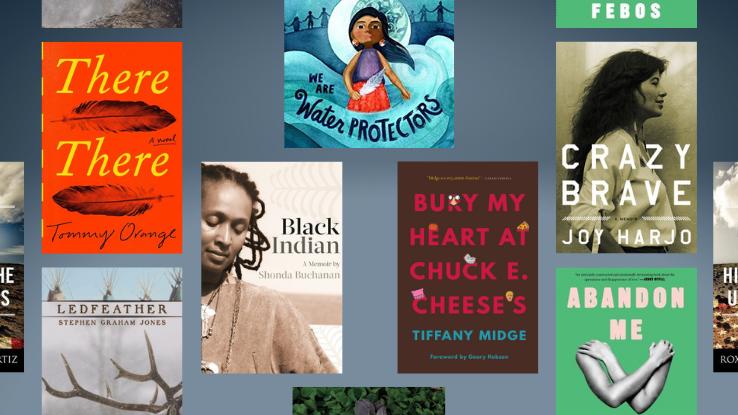
November is Native American Heritage Month and numerous states are participating in this observance. The National Congress of American Indians describes Heritage Calendar month every bit "an opportune time to educate the general public near tribes" as well as an occasion to acknowledge past and present challenges that Indigenous people face. Moreover, Heritage Month highlights how "tribal citizens have worked to conquer these challenges" over the years.
President Joe Biden previously issued a proclamation alee of Ethnic Peoples' Solar day, and he did the same at the cusp of Native American Heritage Month. President Biden officially declared "November 2021 as National Native American Heritage Month." Federal support for America's Ethnic population is certainly appreciated, but at that place are also numerous other ways to bear witness back up.
Attention rallies for Indigenous-led climate justice efforts, supporting the Land Dorsum move, and providing common aid funds to Indigenous-led organizations are also peachy ways to honor Heritage Month. You can also brainwash yourself by reading the works of Indigenous authors and poets. Here, we've compiled a listing of must-read works past incredible writers. Of class, self-educational activity isn't all near learning history; while agreement history from other perspectives is essential, these works, which range from coming-of-age memoirs to renowned poesy collections, capture the varied, nuanced experiences of Ethnic folks living in the present-24-hour interval United States.
"Crazy Brave," "How We Became Human" & More by Joy Harjo
Almost probable, y'all're familiar with Joy Harjo because of her award-winning verse. In fact, Harjo is serving her 2d term every bit the 23rd Poet Laureate of the United states — and for practiced reason. From her acclaimed collection An American Sunrise to How Nosotros Became Man, Harjo's poetry is essential reading.
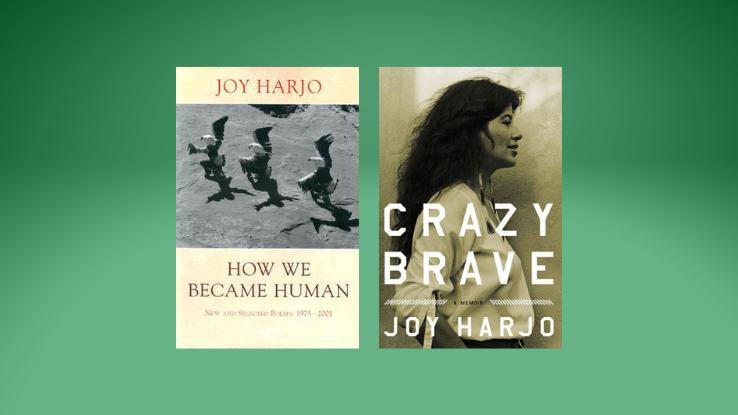
Just the talented artist and performer has likewise penned 2 incredible memoirs, Crazy Brave and Poet Warrior. "I think the story is the story of a lot of Native people and the story of a lot of women, she says, noting that Crazy Brave, in all its raw, dauntless beauty, was difficult to write. Informed by tribal myth and ancestry, Harjo'due south memoir illustrates her journey of condign a young artist, of reclaiming a lost spirituality and the "intricate and metaphorical linguistic communication of my ancestors."
You lot may recall Tiffany Midge's "An Open Letter of the alphabet to White Girls Regarding Pumpkin Spice and Cultural Appropriation," a passage from her memoir, Bury My Center at Chuck Due east. Cheese'due south. As the title of this excerpted piece of work suggests, Midge is an incredible humorist — but she doesn't shy abroad from critique or commentary, either.
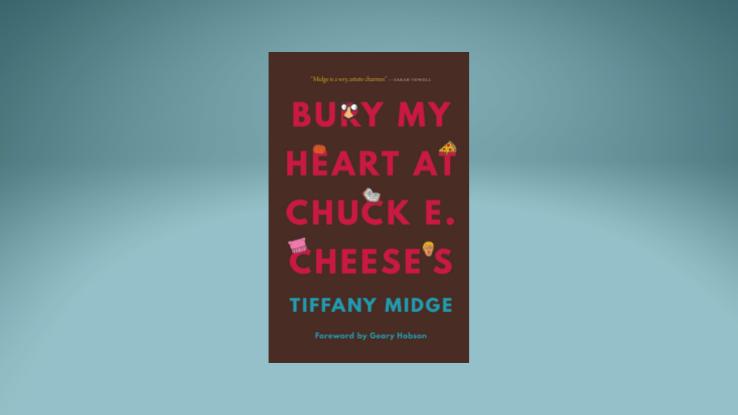
Bury My Center at Chuck E. Cheese's is equanimous of standalone musings, but all of the passages add upwards to a unified whole, all while "driv[ing] a spear into the stereotype of Native American stoicism," equally David Treuer, author of The Heartbeat of Wounded Knee, puts it. Honest, moving, and rife with satire, this book gives David Sedaris' best a run for its money.
"At that place At that place" by Tommy Orange
Heralded as 1 of the best novels of 2018 by The New York Times Book Review, NPR, the San Francisco Chronicle and others, Tommy Orange'southward There At that place is a "bright, propulsive" (People Magazine) bestseller. The book centers on 12 characters, all of whom Orangish calls "Urban Indians," living in Oakland, California.
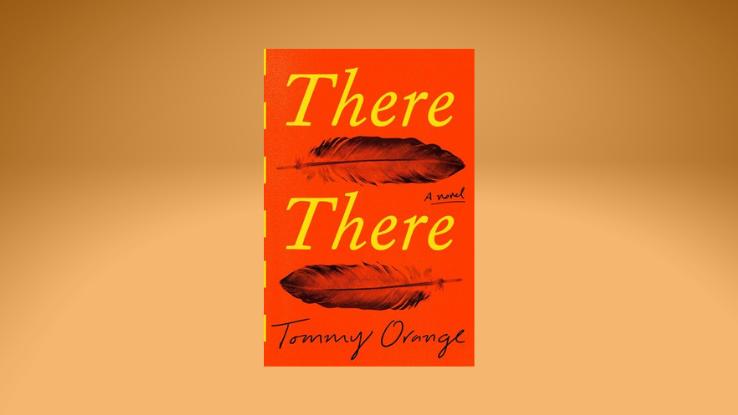
These characters' distinct stories (and lives) stop up colliding on i fateful 24-hour interval. Despite grappling with several centuries' worth of pain, Orange too infuses the text with humor and dazzler. Without a doubtfulness, There There is a modern archetype — and nigh-incommunicable to put down once you start reading it.
"Carelessness Me" by Melissa Febos
Winner of the Lambda Literary Jeanne Cordova Prize for Lesbian/Queer Nonfiction, Carelessness Me centers on author's need for connectedness. This incredibly vulnerable collection of memoirs sees Melissa Febos examining her own journey of self-discovery, which is marked past both passion and obsession.
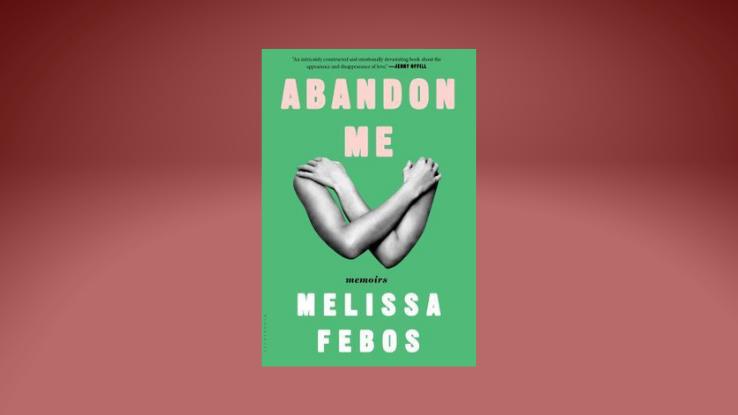
In reference to the titular story, The Chicago Review of Books notes that the "memoir is the map" — one that helps us understand Febos, even if the on-page version of her is lost. In fact, Febos is particularly deft at exploring the simultaneous thrill and fear that come along with losing yourself in another person — or people.
"Black Indian" by Shonda Buchanan
For equally long as Shonda Buchanan can remember, she has cherished her multi-racial heritage. At the same time, Buchanan and her family unit suffered — not merely considering of America's ongoing racism and ostracizing attitudes, only because there was and then much they didn't know most their past.
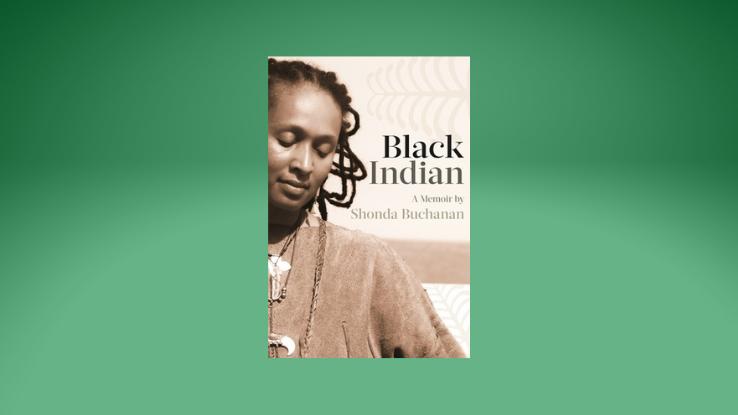
In this searing memoir, Buchanan digs into her family'southward by, exploring what it means to exist an African American person, an Indigenous person — and a Black Indigenous person. While her search for truth may not encapsulate the experiences of all biracial folks, Buchanan's story securely resonates due, in role, to its specificity and the mode the author openly shares her lived experiences.
"We Are Water Protectors" by Carole Lindstrom
"Water is the offset medicine," reads We Are Water Protectors. "It affects and connects us all." Inspired by the myriad Indigenous-led movements happening beyond Northward America, this breathtaking picture volume is a sort of phone call to action, wrapped in lyrical prose and watercolor illustrations crafted by #OwnVoices author Carole Lindstrom and artist Michaela Goade.
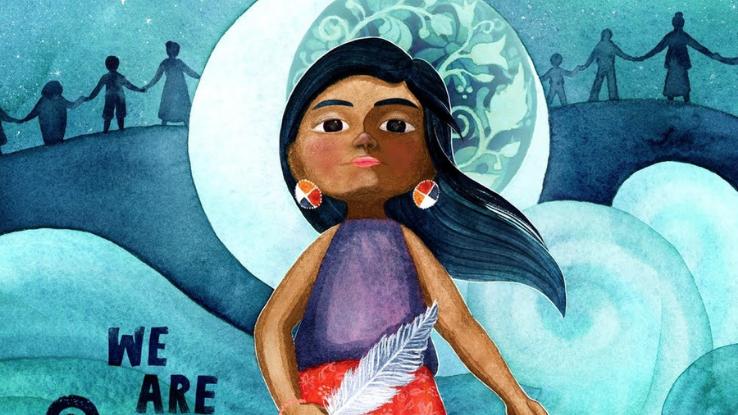
Booklist notes that the book was "written in response to the construction of the Dakota Access Pipeline [and] famously protested past the Standing Rock Sioux Tribe" and that "these pages carry grief, but it is overshadowed by hope in what is an unapologetic call to action." No matter one's historic period, Nosotros Are Water Protectors is a must-read, one that gets to the eye of the things that affair and puts Ethnic ideas, groups, creators and leaders rightfully at the center of the move to safeguard our planet from human-acquired climate change and destruction.
"As Long Every bit Grass Grows: The Indigenous Fight for Environmental Justice, From Colonization to Standing Rock" by Dina Gilio-Whitaker
While Indigenous activists have always led the fight for climate and environmental justice, their efforts have become more widely best-selling past media, the federal authorities and allies. From the Continuing Stone protest to #StopLine3, these fights are far from over — and they're happening all across the state.
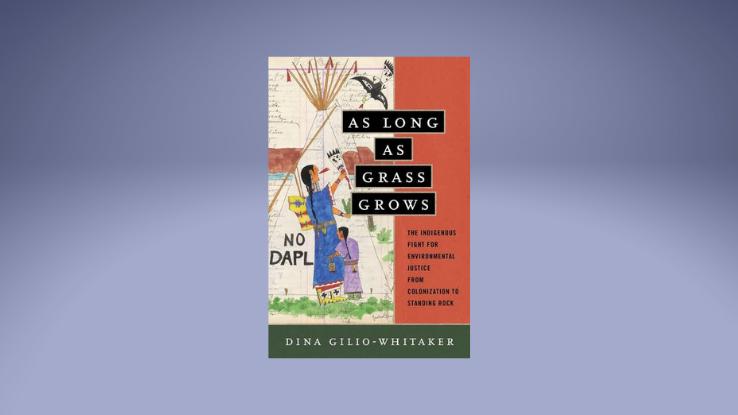
Inspired past these fights, Ethnic researcher and activist Dina Gilio-Whitaker authored Every bit Long as Grass Grows: The Indigenous Fight for Environmental Justice in 2019. In the text, Gilio-Whitaker explores the ways the federal government has violated tribal treaties, destroyed the land it stole, and fabricated food and water inaccessible to many native peoples. Additionally, the book highlights the leadership of Indigenous women in these fights for ecology justice.
"Eyes Bottle Nighttime with a Mouthful of Flowers" past Jake Skeets
Selected as the Best Poetry Book of 2019 past the likes of Electrical Literature, Entropy Magazine, Auburn Avenue and others, Optics Bottle Dark with a Mouthful of Flowers is a masterful collection. The publisher calls Jake Skeets a "dazzling geologist of queer eros" — and that certainly feels similar an apt description.
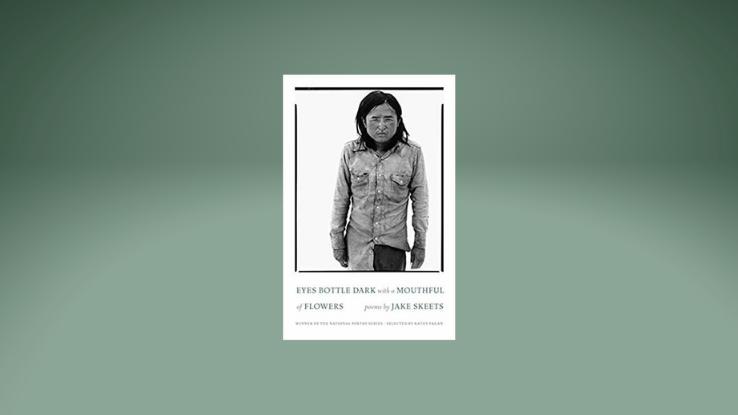
In the book, "Drunktown, New Mexico" has been shaped by violence — not but the violence that occurs there, only the violence done to it. Skeet writes that "the closest men get is when they are covered in blood / or nothing at all" in this town. This committed portrait of a place that's been ravaged and forgotten also highlights the resilience of the people who alive there — and the desire to repossess what's been taken.
"The Beadworkers: Stories" by Beth Piatote
Chosen a "poignant and challenging look at the way the past and nowadays collide" past Kirkus Reviews, Beth Piatote'due south debut story collection, The Beadworkers, is prepare in the Native Northwest. From the Battle of Wounded Knee to the Fish Wars of the 1960s, many of the stories in the collection stem from, or meditate on, events from the past.
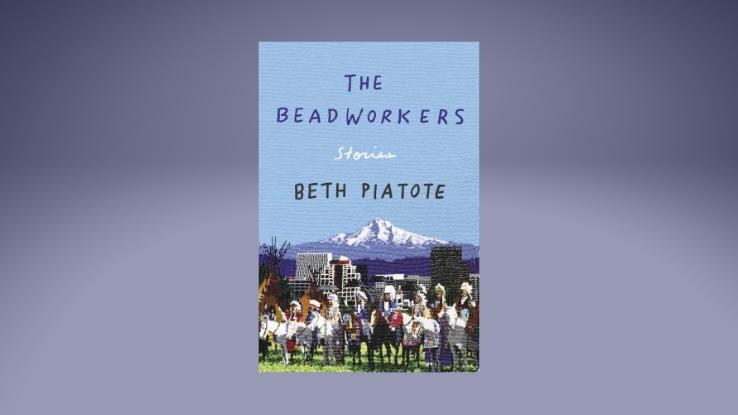
One of Piatote'southward narrators notes that, "it'southward surprising how much fabric tin can be mined from making Indian versions of things" and, in other stories, Piatote does just that, retelling classical stories, like Sophocles' Antigone, from an Ethnic perspective. With vibrant characters and a beautiful mix of both verse and prose, Piatote'due south debut is a must-read drove — and nosotros tin can't await to read more of her stories in the hereafter.
"The Only Good Indians" past Stephen Graham Jones
Stephen Graham Jones (Ledfeather) wrote one of the 2020's virtually highly anticipated horror novels — and all that anticipation certainly paid off. The But Good Indians centers on the tale of iv childhood friends who grow up, move away from dwelling house and then, a decade subsequently, notice that a vengeful entity is hunting them for an deed of violence they committed long ago.
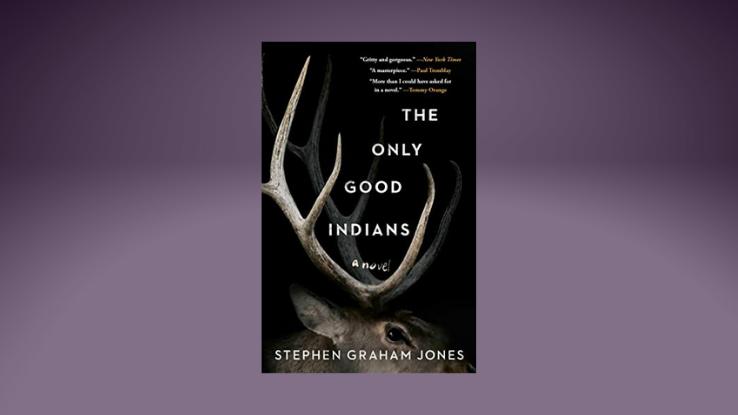
The novel combines horror, drama and social commentary quite flawlessly, proving NPR's argument that "Jones is one of the best writers working today regardless of genre." Rebecca Roanhorse, the bestselling author of Trail of Lightning, wrote that "Jones boldly and bravely incorporates both the hard and the beautiful parts of contemporary Indian life into his story, never once falling into stereotypes or like shooting fish in a barrel answers simply also not shying away from the horrors caused by cycles of violence."
"An Ethnic Peoples' History of the U.s. for Young People" past Roxanne Dunbar-Ortiz
Undoubtedly, understanding our collective history is essential to understanding our present. For example, the movements to abolish Columbus Mean solar day or stop Line 3 stalk from how the beginning colonizers treated Native people and the country we all alive on today. Today, there are more than 500 federally recognized Indigenous nations; roughly three one thousand thousand people comprise these nations, but, before the centuries-long genocide by white colonizers, 15 million Indigenous people lived on land that's the present-twenty-four hour period U.South.
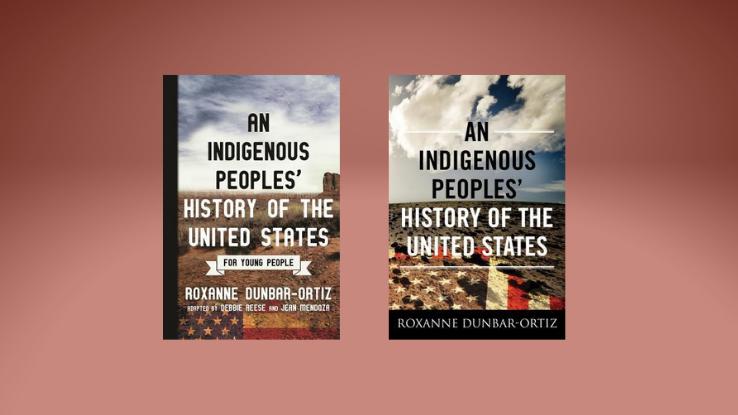
In An Indigenous Peoples' History of the United States, historian and Indigenous rights activist Roxanne Dunbar-Ortiz tells the story of the U.South. empire'southward rise from an Indigenous perspective — a landmark showtime. Dunbar-Ortiz's 2015 bestseller was afterwards adapted, with the assist of Jean Mendoza and Debbie Reese, into a book aimed at centre-course and young-developed readers.
Whether you're reading one of these books yourself or looking to start a discussion with younger students, these texts permit readers to think critically and examine the way we larn near our history. Filled with archival images and maps, An Indigenous Peoples' History of the United States for Young People does an exceptionally adept job of highlighting 400 years of Indigenous peoples' resistance and resilience in the fight against colonialism.
"Streaming" by Allison Adelle Hedge Coke
Honour-winning poet Allison Adelle Hedge Coke explores loss, memory and the future of our planet in this multi-award-winning drove. Joy Harjo, the U.S. National Poet Laureate, noted that the poems in Streaming are "the songs of righteous anger and utter dazzler."
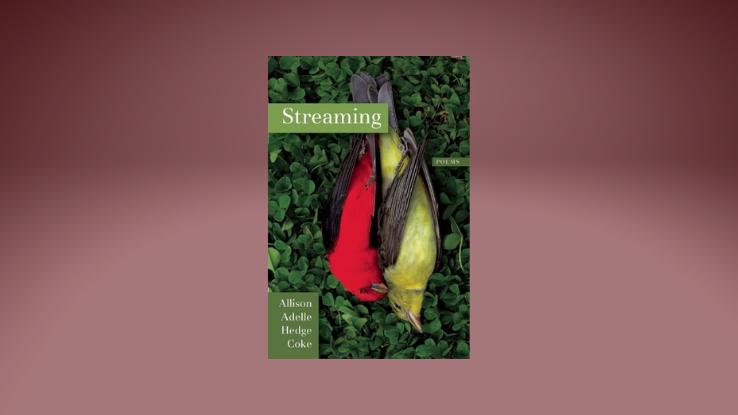
Lauded for her musicality, Hedge Coke uses construction and imagery to great effect, crafting poems that are singular. "Hedge Coke uproots the social club of poesy and song," Jennifer Martelli writes in Green Mountain Review "— or, she finds its massive roots deep beneath the soil of America."
"Feed" past Tommy Pico
Tommy Pico has won the Whiting Award, an American Book Honor, and was a Lambda Literary Award finalist. Now, Feed completes his Teebs Bike, a series of four books. This riveting collection is ambitious, to say the least, and tackles everything from pop civilisation to food to existence friends with your ex.
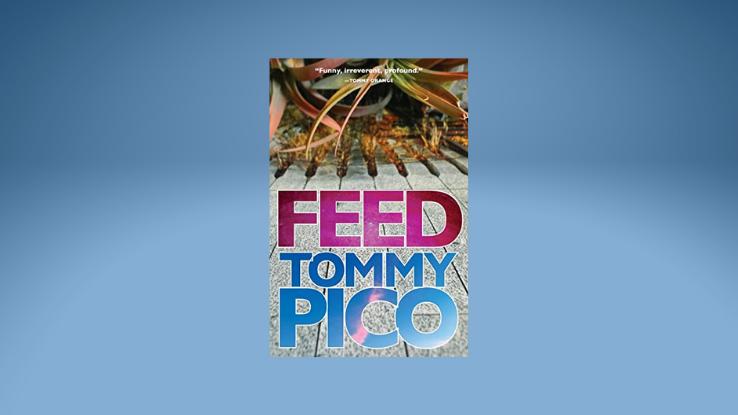
Shelf Awareness chosen it "a dazzling fusion of culture," noting that "Feed is every bit much about what we eat as how we consume. Pico's lines are ever-growing, ever-expanding. And while nosotros might seem lost in the abundance, the sheer variety, Pico is a skilled enough poet to ground united states."
Source: https://www.ask.com/culture/books-by-indigenous-writers?utm_content=params%3Ao%3D740004%26ad%3DdirN%26qo%3DserpIndex
0 Response to "How to Write an Introduction for a Book Review"
Post a Comment